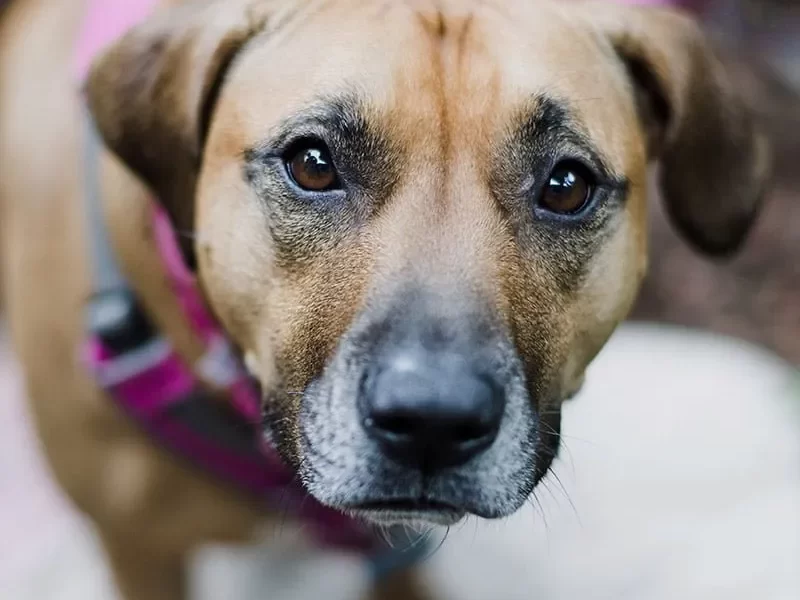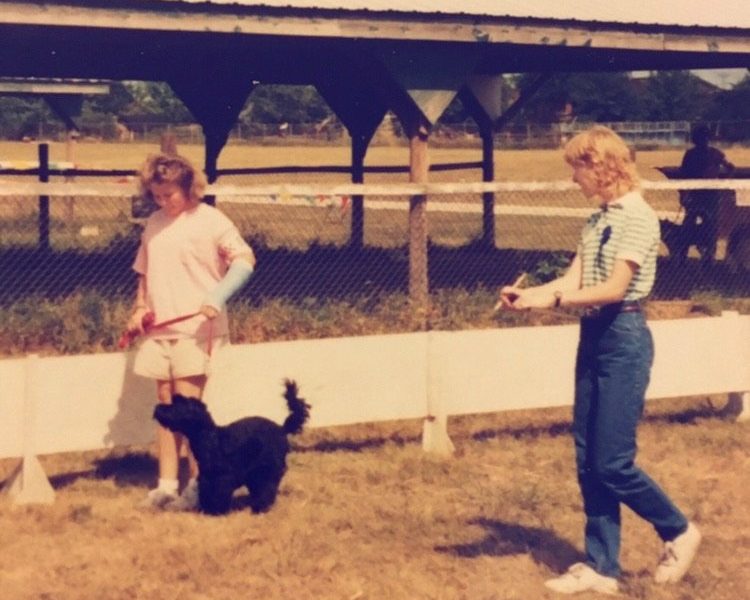Walking your dog on a leash is an important part of dog ownership. Not only does it provide exercise for your furry friend, but it also helps to establish your position as the pack leader. Training a dog to walk on a leash can be challenging, but with consistency and patience, it is completely possible. In this article, we will provide a detailed description on how to train your dog to walk on a leash.
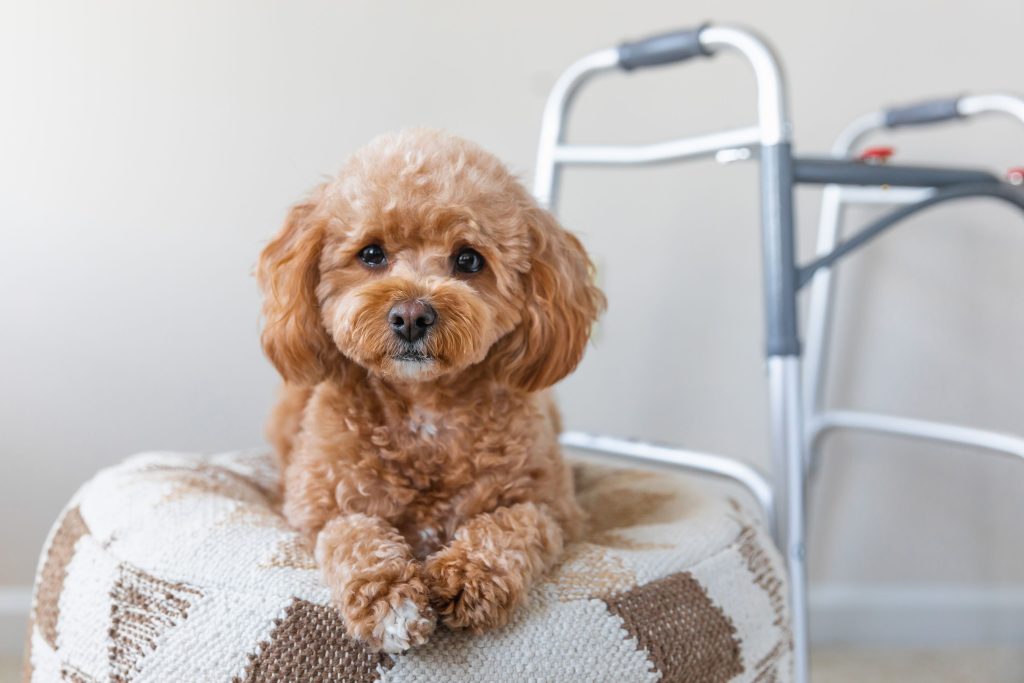
Preparation
Before you start training your dog to walk on a leash, you will need to prepare some supplies. These include a dog collar or harness, a leash that is at least 6 feet long, and a treat pouch containing treats that your dog loves. Make sure to choose the right size of collar or harness for your dog, and ensure that it fits properly and does not cause any discomfort.
Introduce the Collar and Leash
The first step in training your dog to walk on a leash is to introduce them to the collar and leash. Your dog may initially resist wearing a collar, so it is important to use positive reinforcement to get them used to it. Start by showing your dog the collar and allowing them to sniff it. Then, place the collar around their neck and attach the leash to it. Let your dog wear the collar and leash for short periods of time, and give them treats as a reward for wearing it.
Practice Indoors
Once your dog is comfortable wearing the collar and leash, practice walking indoors in a quiet room. Allow your dog to walk around while you gently hold the leash, and reward them with treats when they walk beside you. Praise them with positive reinforcement, such as saying “good dog” or “well done” when they behave well. Practice this for a few minutes each day, gradually increasing the length of time you walk together.
Start Slowly Outdoors
When your dog is comfortable walking on a leash indoors, it is time to move the training outdoors. Choose a quiet area with few distractions, such as a quiet street or a park with a low foot traffic. Start by walking slowly with your dog at your side, using positive reinforcement to reward them when they behave well. If your dog pulls on the leash, stop walking and wait for them to calm down before continuing. Be patient and consistent, and gradually increase the distance you walk together.
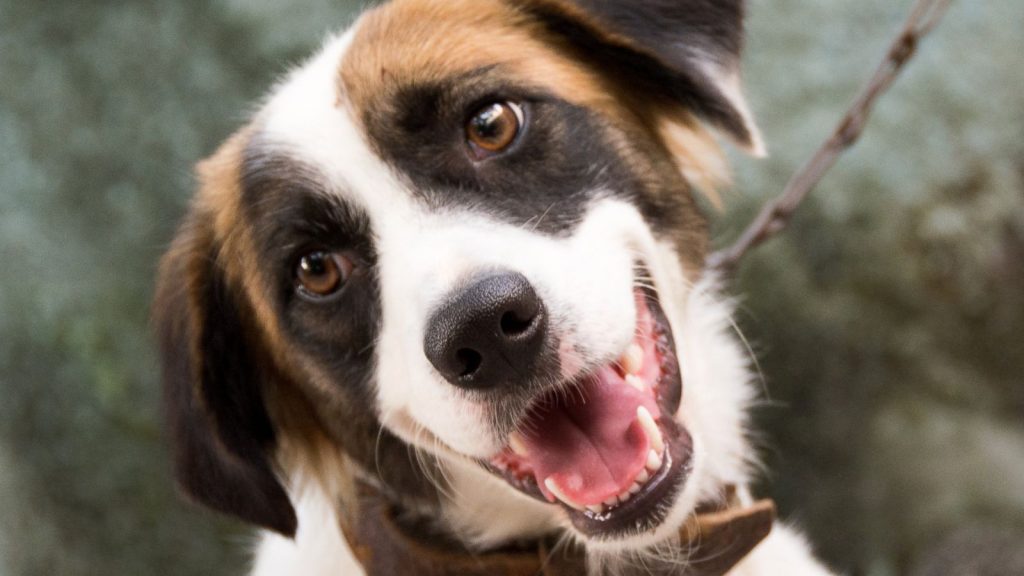
Keep Your Dog Close
When training your dog to walk on a leash, it is important to keep them close to you. This will help you establish control and prevent your dog from getting distracted by other dogs or people. Hold the leash firmly, but avoid pulling or jerking it. Use positive reinforcement to reward your dog when they walk beside you, and gently guide them back to your side when they get distracted.
Stay Consistent
Consistency is key when training your dog to walk on a leash. Set aside time each day to practice walking together, and be patient with your dog. Use positive reinforcement to reward good behavior, and gently correct bad behavior. If your dog pulls on the leash or gets distracted, stop walking and wait for them to calm down before continuing.
Practice in Different Environments
Once your dog is comfortable walking on a leash in quiet areas, it is time to practice in different environments. Take your dog for walks in different locations, such as busy streets, parks, and other public areas. Practice walking on different surfaces, such as gravel, pavement, and grass. This will help your dog become comfortable with different situations and distractions, and will help to reinforce their training.
Seek Professional Help
If you are having difficulty training your dog to walk on a leash, it is important to seek professional help. A dog trainer or behaviorist can provide you with the guidance and support you need to train your dog effectively.
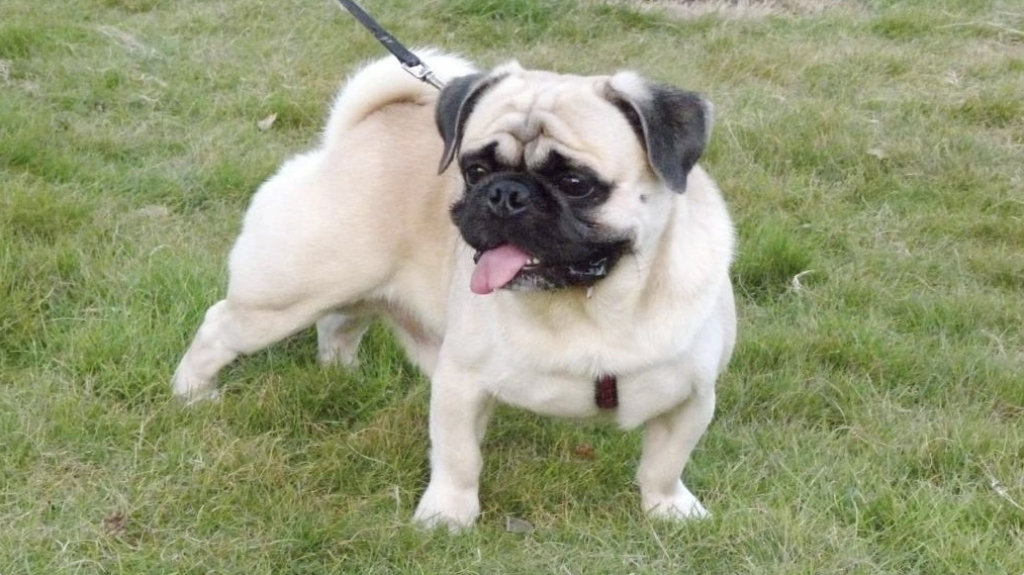
In conclusion, training your dog to walk on a leash requires patience, consistency, and positive reinforcement. Start by introducing your dog to the collar and leash, and practice walking indoors before moving to quiet outdoor areas. Keep your dog close and use positive reinforcement to reward good behavior. Be patient and consistent, and practice in different environments to reinforce your dog’s training. With time and patience, your furry friend will become a well-behaved walking companion.
